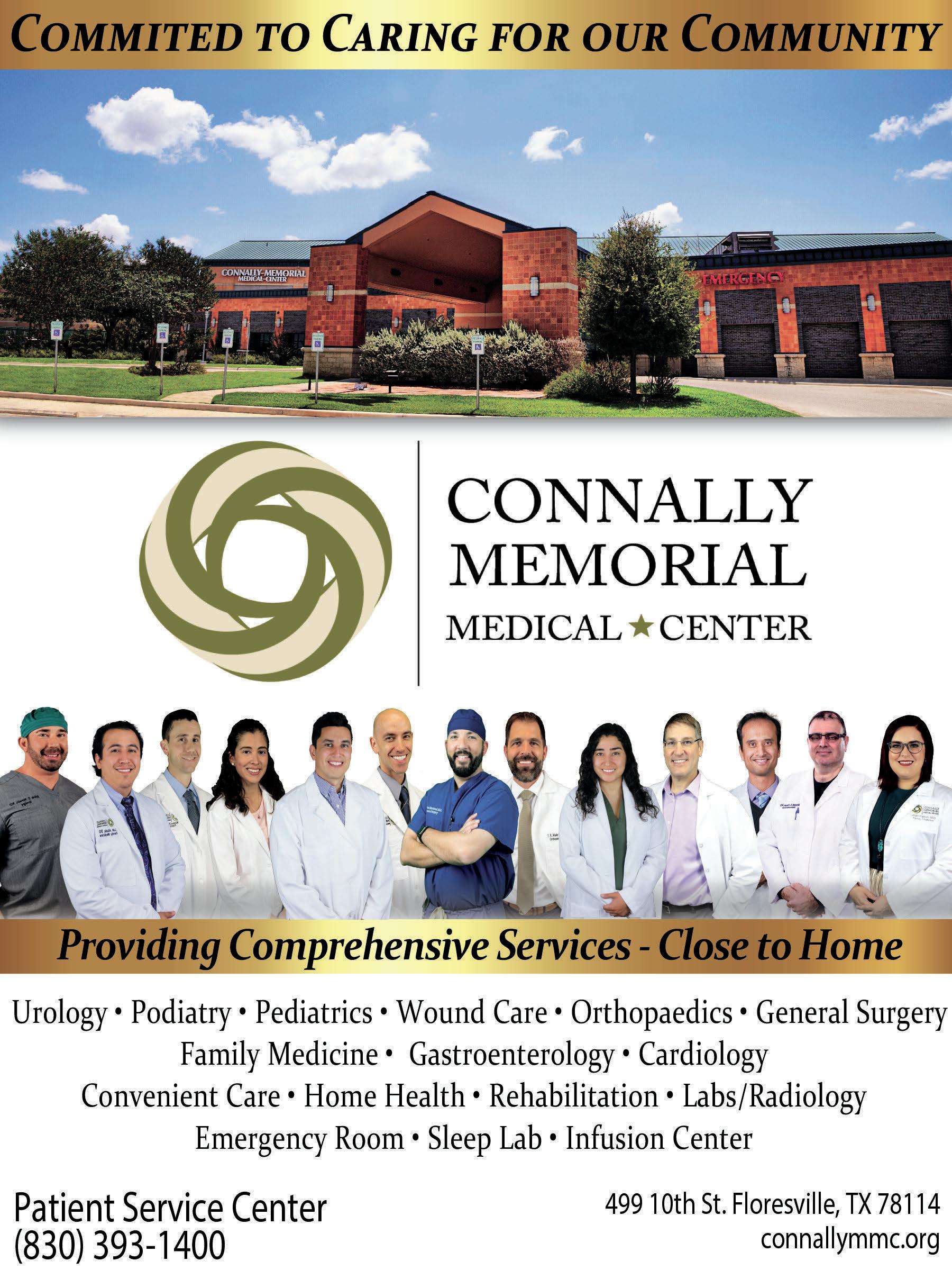


































































































Oxygen is essential to life. The respiratory system works tirelessly to provide fresh oxygen to the body and ensure that all metabolic activities can occur unhindered. The respiratory system is what makes the inhalation and exhalation of air possible, and it’s responsible for the distribution of oxygen throughout the body. The respiratory system is a network of organs and tissues that help a person breathe. In addition to facilitating the absorption of oxygen from the air, the respiratory system cleans out waste gases like carbon dioxide. In a healthy person, the respiratory system functions like a well-oiled machine. But that same system is sometimes hampered by illness, allergies and infections, according to the Cleveland Clinic. With so much riding on a healthy respiratory system, it can help to learn about some of the more common conditions that can affect it.
•Asthma: Asthma is a chronic inflammatory disease caused by narrowed airways affected by inflammation. Asthma causes breathing difficulties, coughing, wheezing, and other symptoms. Most people need to take preventive medicines to control symptoms.
•COPD: Chronic obstructive pulmonary disease is comprised of chronic bronchitis and emphysema. Bronchitis is when the lining of the bronchial tubes becomes inflamed and irritated. Swelling may cause an abundance of mucus. Emphysema occurs when the tiny air sacs (alveoli) become damaged and less flexible. This reduces the alveoli’s ability to move oxygen and other gases, which adversely affects breathing, according to Verywell Health.

•Influenza: Influenza, also known as the flu, is a viral illness that can produce a number of symptoms. The flu viruses can be inhaled or brought into the body by touching items that contain the virus. Mild fever, runny
nose, cough, fatigue, and sore throat are common symptoms of influenza. While most people recover, the Mayo Clinic warns that flu complications can be deadly.
•COVID-19: SARS-CoV-2 is the virus responsible for causing COVID-19, which was discovered in the winter of 2019. It is a highly infectious illness caused by a coronavirus. It is spread from person to person, and has caused millions of deaths around the world as well as lasting health problems, according to Johns Hopkins Medicine. Depending on the individual, the effects of COVID-19 can be mild or severe. Because the virus mutates easily, researchers continue to develop new vaccines to help boost defense against it. Symptoms appear within two to 14 days of exposure to the virus. A person infected with the coronavirus is contagious to others for up to two days before symptoms appear, and they remain contagious to others for 10 to 20 days, depending on their immune system and the severity of their illness.
•Tuberculosis: TB is a contagious and potentially life-threatening infectious disease caused by the bacterium mycobacterium tuberculosis, which is spread through the air. The CDC says TB is preventable and treatable in most cases. Infection control practices can help reduce TB transmission.
•Pneumonia: With pneumonia, a virus, bacteria or another infectious agent causes alveoli to fill with fluid or pus, affecting breathing and gas exchange. Pneumonia symptoms may be mild and not affect daily activities, while others can be severe and require hospitalization.
•Cystic fibrosis: This is a genetic condition that creates very thick mucus in the body, which can cause both breathing and digestive problems. Blockages from thick mucus can trap harmful bacteria and lead to infections, says the Mayo Clinic.
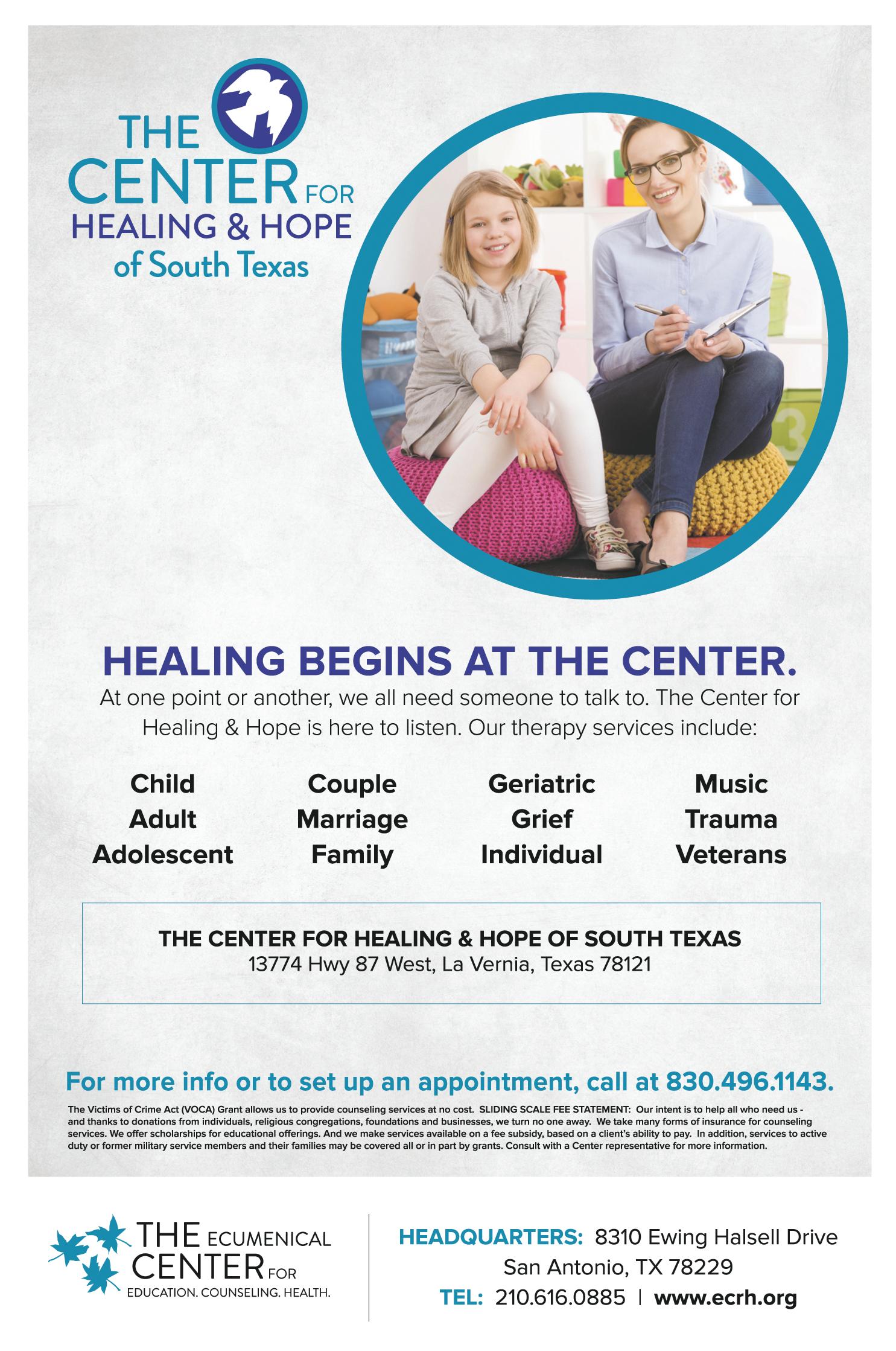









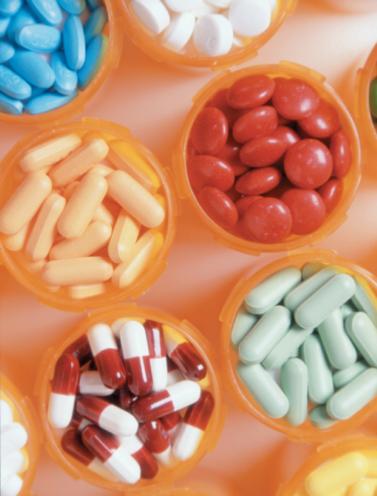









Of all the things you wear YOUR SMILE is most important. Your health is re ected in your smile.
•Do you eat what you want or eat what you can?
•Do you speak clearly and bite without pain?

We o er customized personal care to t your personal dental needs.

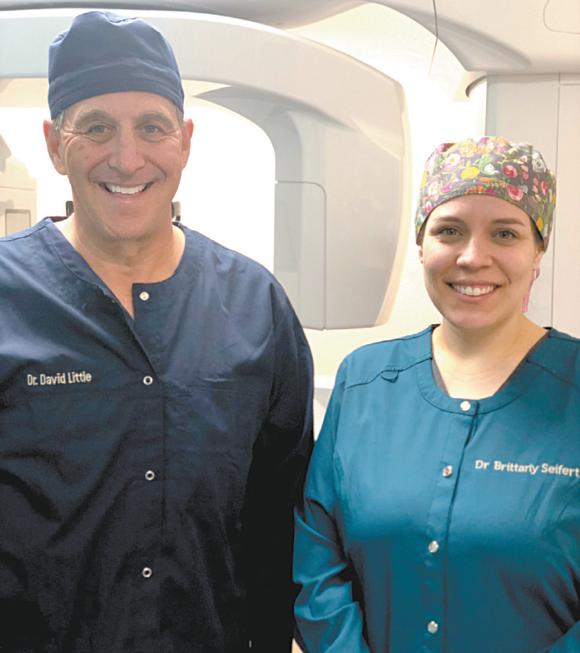






















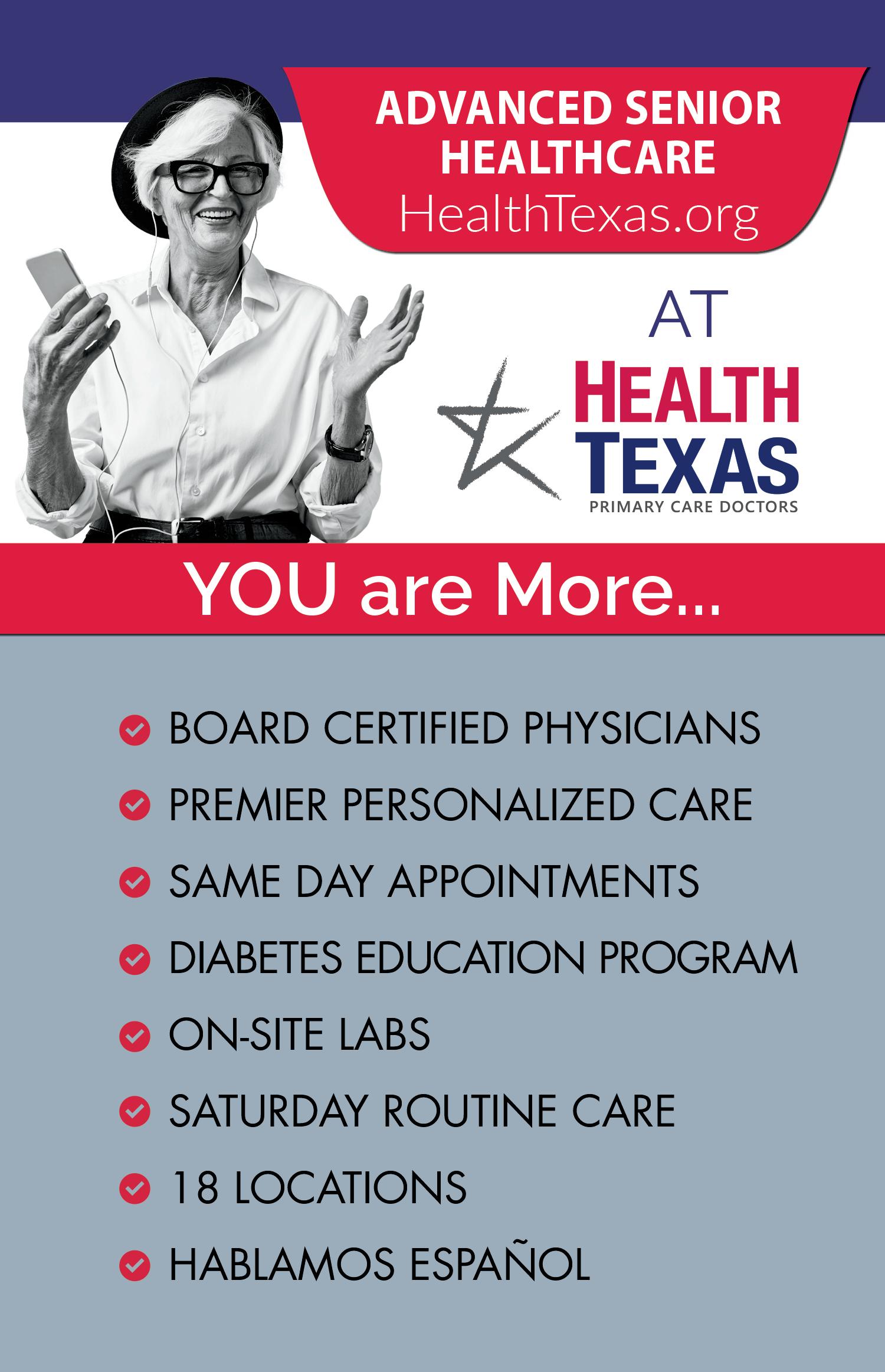



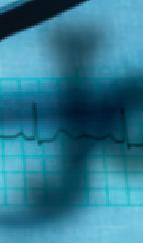


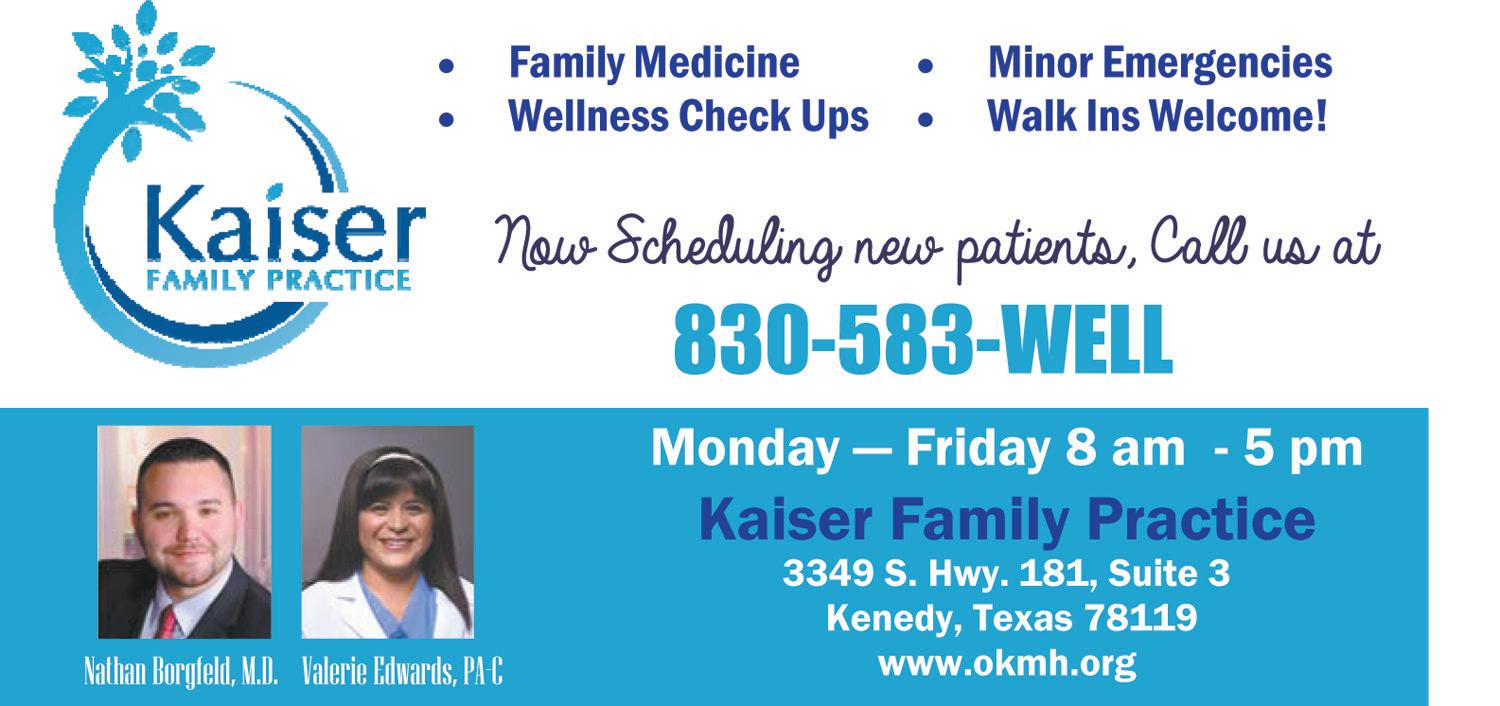




















































On a Monday night in early January 2023, the Buffalo Bills were in Cincinnati to take on the hometown Bengals. The game was a highly anticipated, primetime matchup between two of the best teams in the National Football League, but it would be interrupted and ultimately postponed after Bills safety Damar Hamlin suffered a frightening injury during the game. After tackling Bengals wide receiver Tee Higgins, Hamlin stood up, only to fall flat moments later. Medical personnel rushed to Hamlin’s side, and it was later determined he went into cardiac arrest.
Days went by as football fans across the nation prayed for Hamlin’s recovery. Good news arrived by the end of the week, as doctors treating Hamlin reported his condition showed marked improvement. Indeed, within days of that news, Hamlin was on his way back to Buffalo, much to
According to the National Institutes of Health, exercise is an effective way for individuals to reduce their risk for heart disease. Exercise strengthens the heart and improves circulation, an increase in blood flow that raises oxygen levels in the body. That’s a significant side effect, as it helps lower an individual’s risk for various types of heart disease, including high cholesterol, coronary artery disease and heart attack. Exercise also is an effective way for individuals to maintain a healthy weight. That, too, benefits the heart, as the American Heart Association reports that people who have excess body fat — especially if it is at the waist — are more likely to develop heart disease and stroke, even if they have no other risk factors.
the delight of millions of people across the country.
Hamlin’s story made international headlines and left many people across the globe asking questions about cardiac arrest.
The National Heart, Lung, and Blood Institute reports that cardiac arrest occurs when the heart suddenly and unexpectedly stops pumping. One of the dangers of cardiac arrest is that blood stops pumping to the brain and other vital organs. In the days after doctors first shared news regarding Hamlin’s recovery, praise was heaped on the medical personnel, including Bills assistant athletic trainer Denny Kellington, for their rapid response, which saved Hamlin’s life and helped preserve the 24-year-old safety’s neurological function.
The NHLBI notes that cardiac arrest is a medical emergency. In fact, the NHLBI indicates that nine out of 10 people who have cardiac arrest outside of a hospital die. That makes the recovery of Hamlin, who was administered CPR on the field for several minutes prior to being transported to the hospital, all the more incredible.
Johns Hopkins Medicine notes that there are no symptoms in some cases of cardiac arrest. However, individuals may experience these symptoms prior to cardiac arrest:
• Fatigue
• Dizziness
• Shortness of breath
• Nausea
• Chest pain
• Heart palpitations
• Loss of consciousness
The suddenness of the injury to Hamlin undoubtedly left millions of people confused about how the condition could affect a young professional athlete seemingly in peak physical condition. Specifics about Hamlin’s medical history are protected by privacy laws, so unless Hamlin chooses to share that information, the public will not learn about why he suffered from cardiac arrest. However, Johns Hopkins reports that there are three main causes of the condition.
• Arrhythmia and ventricular fibrillation: Arrhythmia is a condition marked by problematic electrical signals in the heart that lead to an abnormal heartbeat. Ventricular fibrillation is a type of arrhythmia that causes the heart to tremble rather than pump blood normally. It is the most common cause of cardiac arrest.
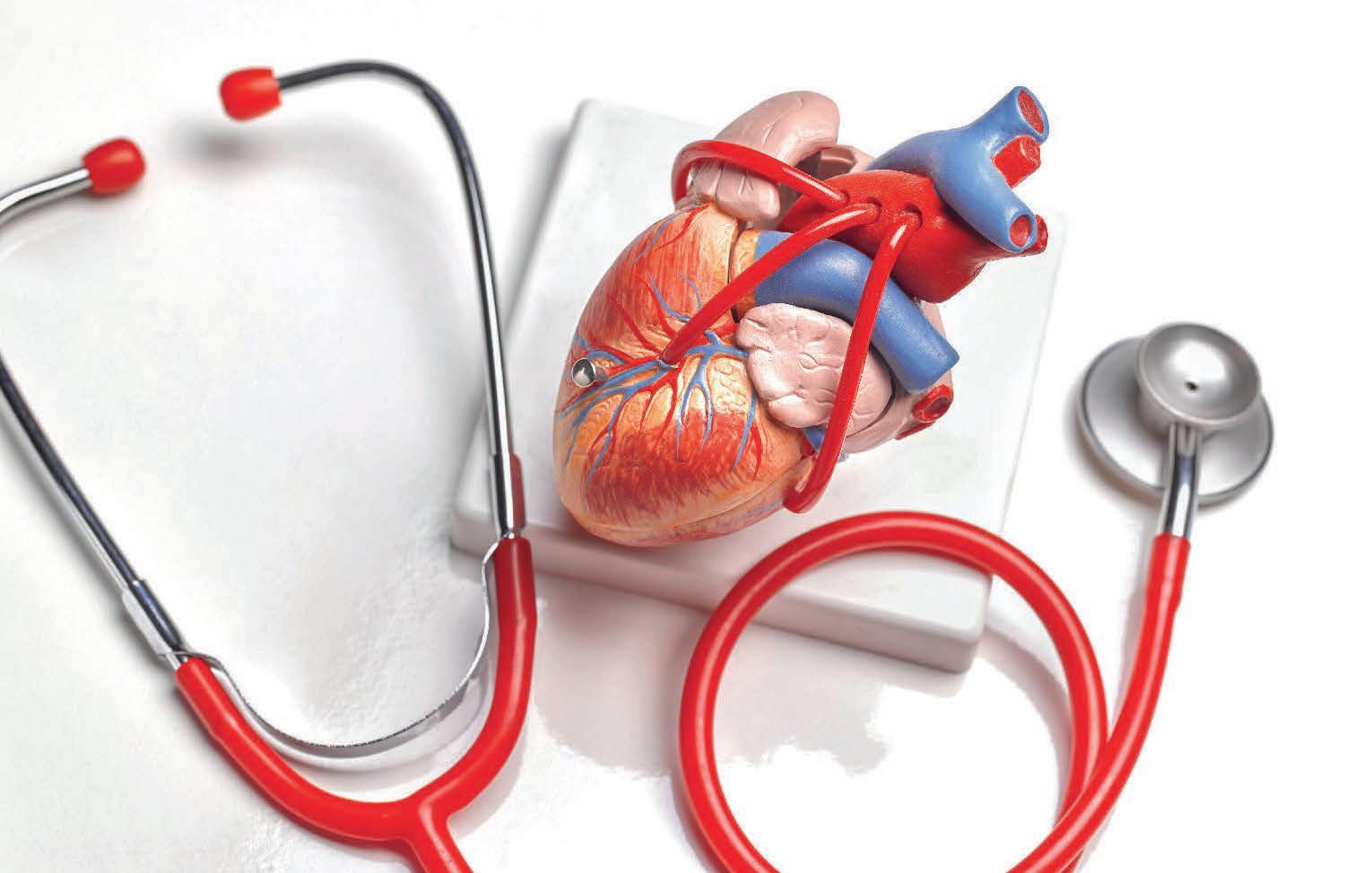
• Cardiomyopathy: Cardiomyopathy is a condition in which the heart is enlarged. Johns Hopkins notes that when a person has cardiomyopathy, the heart
muscle thickens or dilates, which causes abnormal contractions of the heart.
• Coronary artery disease: The NHLBI indicates that most people who experience cardiac arrest have heart disease, even if they didn’t know it beforehand. The most common type of heart disease is coronary artery disease, which is marked by the buildup of cholesterol inside the lining of the coronary arteries. That buildup leads to the formation of plaque which can partially or completely block blood flow in the arteries of the heart.
Certain behaviors or lifestyle choices also can trigger cardiac arrest. For example, the NHLBI reports that heavy alcohol consumption or recent use of cocaine, amphetamines or marijuana can cause cardiac arrest. Severe emotional stress and physical exertion, including that which is typically required of competitive athletes, also can trigger cardiac arrest.
The Damar Hamlin incident thankfully appears to have had a happy ending. But millions more people could be vulnerable to cardiac arrest. More information is available at nhlbi.nih.gov.
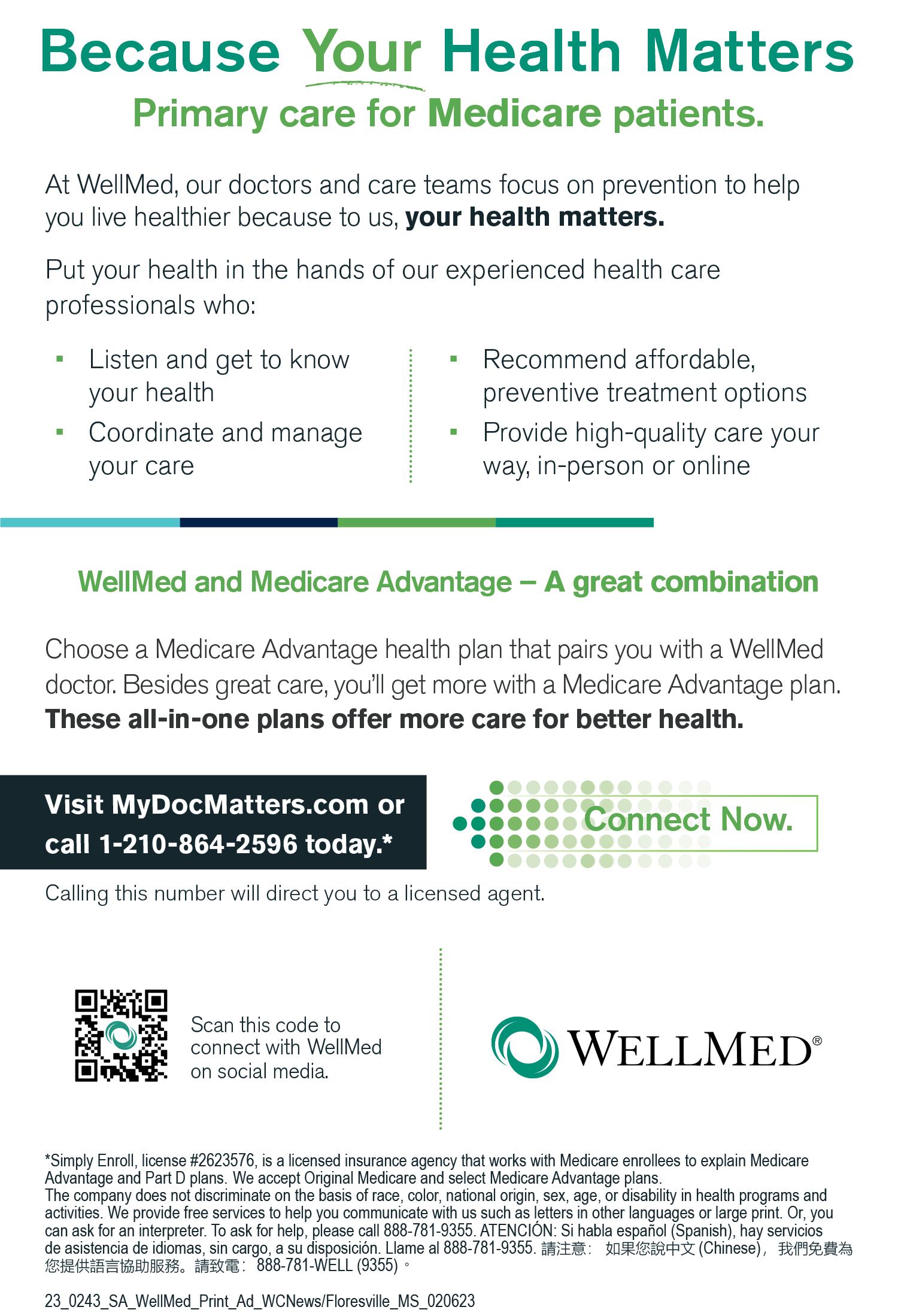
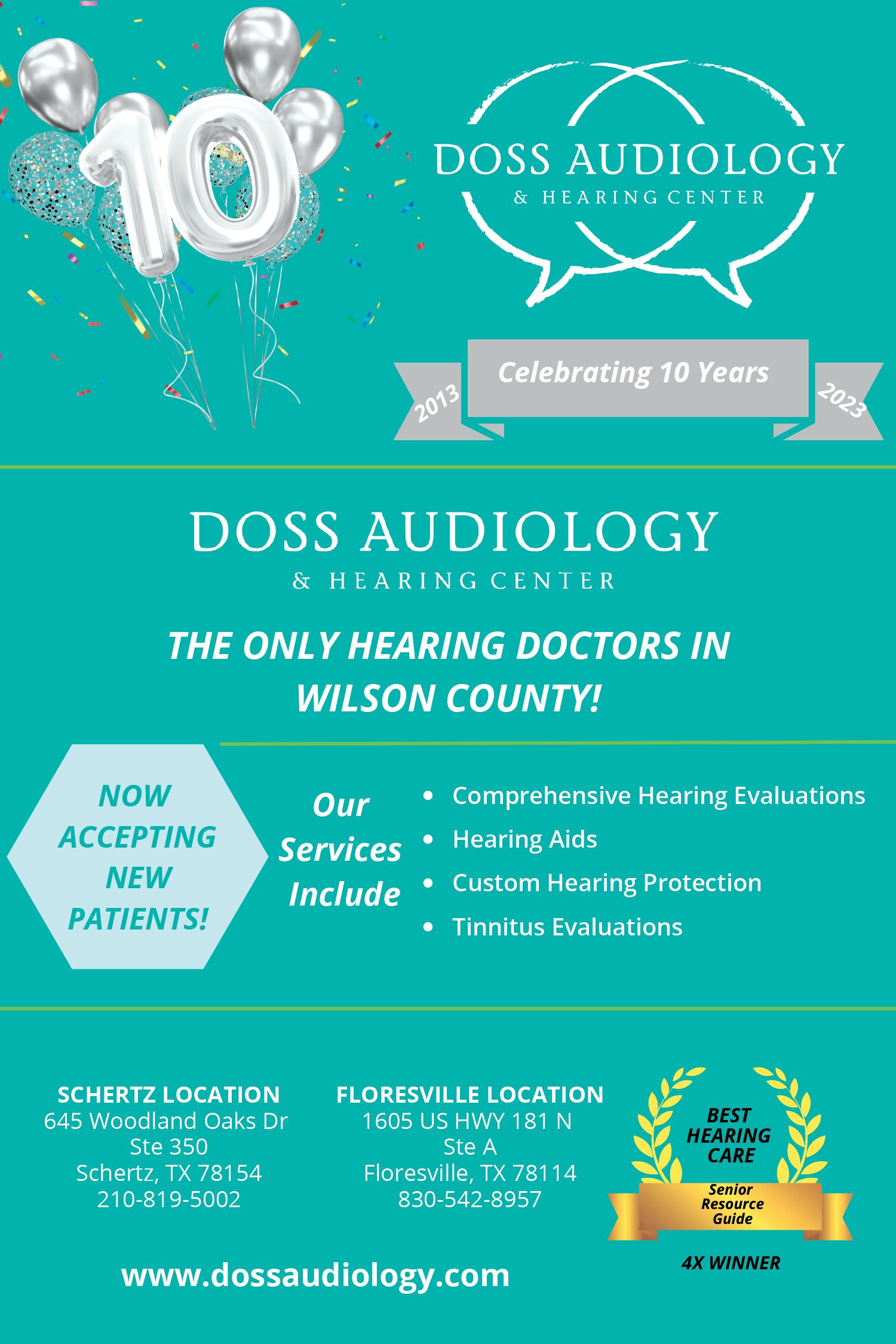














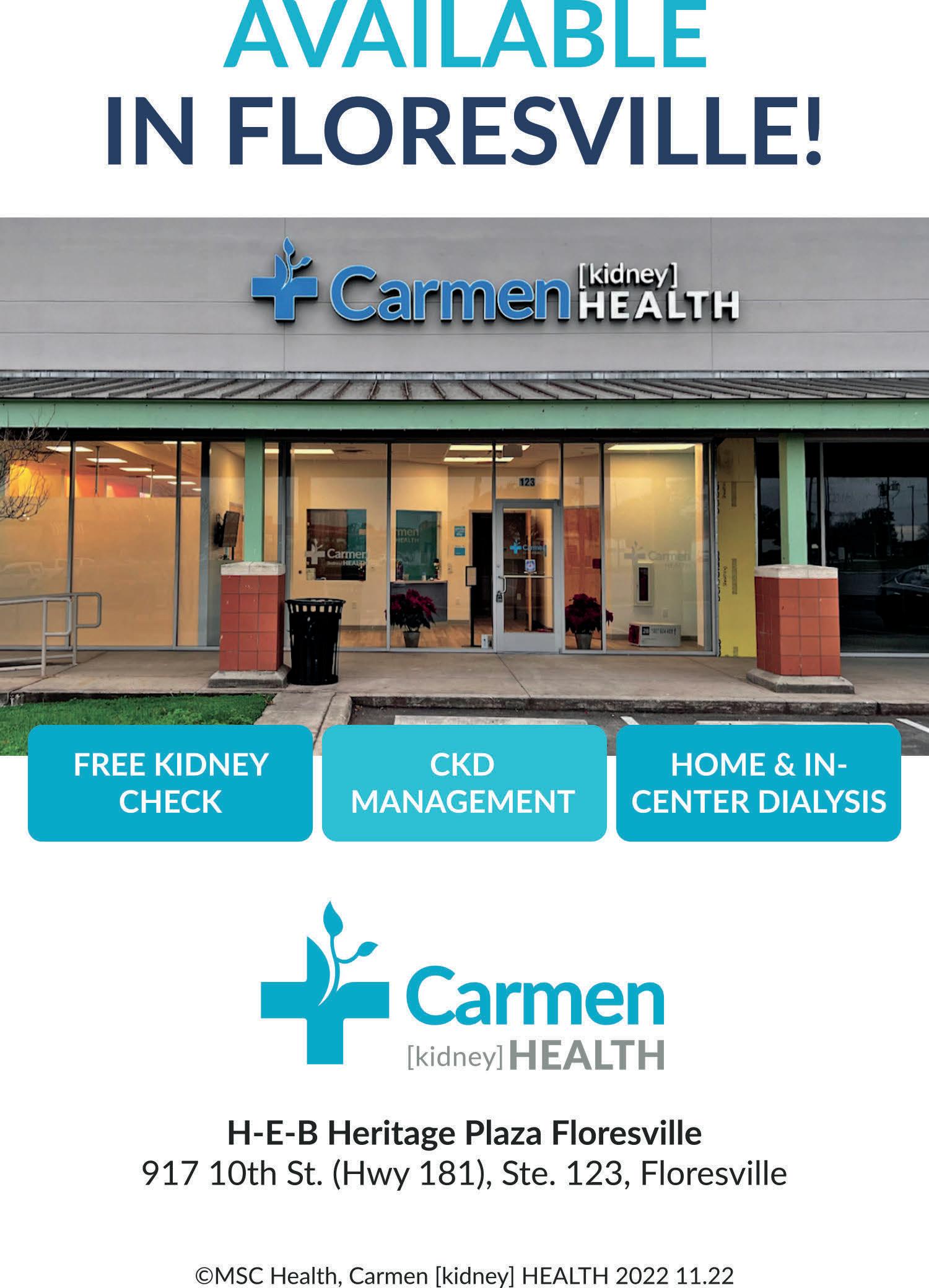
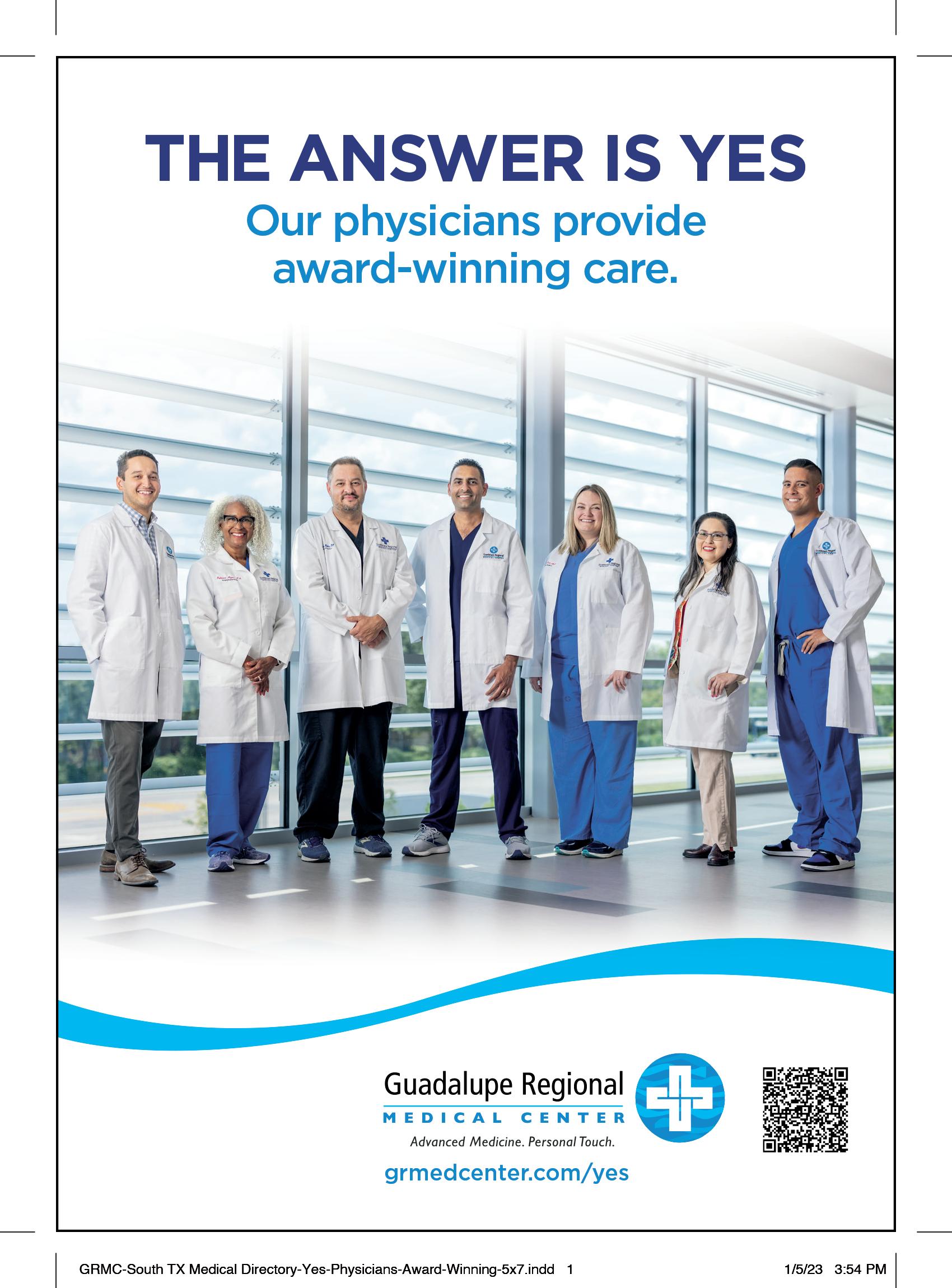













When you or your loved ones need help, we’re here.

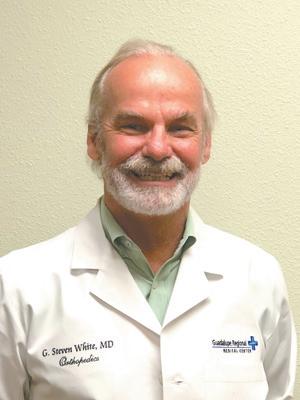












Depression is among the most common mental disorders in the world. According to a 2019 report from the Institute of Health Metrics and Evaluation, roughly 3.8 percent of the world’s population is affected by depression. That percentage is higher among adults (5 percent) and even more so among adults 60 and over (5.7 percent).
Despite its prevalence, depression still carries a stigma, leaving many people to confront it in silence. However, over the last several years, public attitudes toward mental health have shifted, compelling millions of people to recognize the severity of the threat posed by mental health disorders like depression. That recognition has led various prominent public figures, such as comedian Jim Carrey, athlete Kevin Love and singer/actress Lady Gaga, to publicly acknowledge their own battles with depression.
Depression is nothing to be ashamed of, and recognition of that reality may compel millions of people to seek the help they need. One of the first steps toward overcoming depression is to learn how it can manifest itself. Though feelings of sadness are common in people with depression, according to ADA Health, depression is much more than a feeling of sadness, and its symptoms may be masked by physical complaints or substance abuse. That can make it hard to identify signs of depression, which underscores the significance of learning to spot its symptoms. The National Institute of Mental Health notes that the following signs and symptoms could be indicative of depression if individuals have been experiencing them most of the day, nearly every day, for at least two weeks.
•Persistent sad, anxious, or “empty” mood
•Feelings of hopelessness or pessimism
•Feelings of irritability, frustration or restlessness
•Feelings of guilt, worthlessness or helplessness
•Loss of interest or pleasure in hobbies or activities
•Decreased energy, fatigue or feeling
“slowed down”
•Difficulty concentrating, remembering or making decisions
•Difficulty sleeping, early morning awakening or oversleeping
•Changes in appetite or unplanned weight changes
•Thoughts of death or suicide, or attempts at suicide
•Aches or pains, headaches, cramps, or digestive problems without a clear physical cause that do not ease with treatment
It’s important that individuals experiencing these symptoms or those who witness them in loved ones avoid self-diagnosing their conditions or the condition of friends or family members. If any of these symptoms are present for two weeks or more, contact a physician immediately or urge a loved one to do so.
More information about depression can be found at www.nimh.nih.gov/health/topics/ depression.
